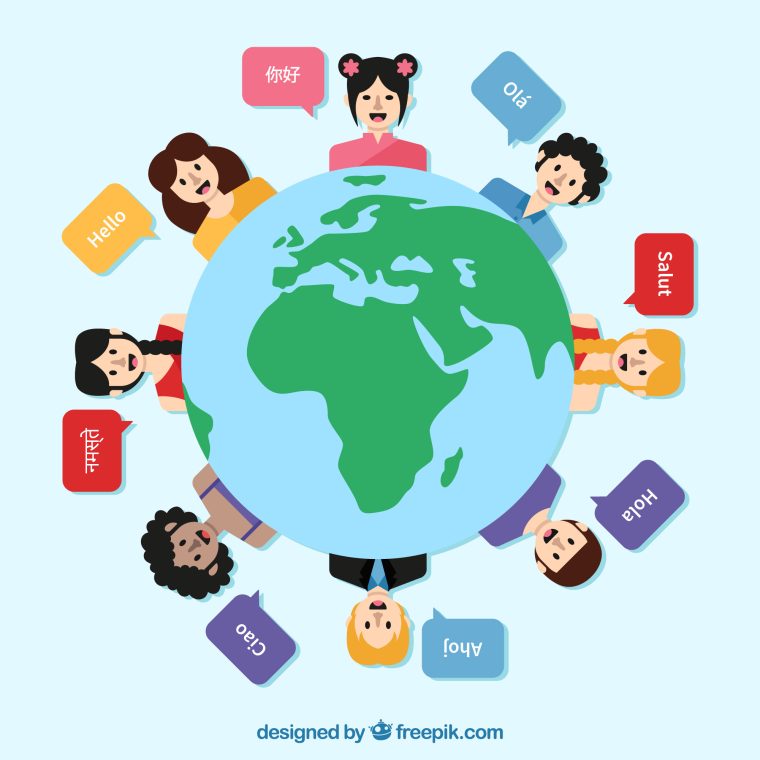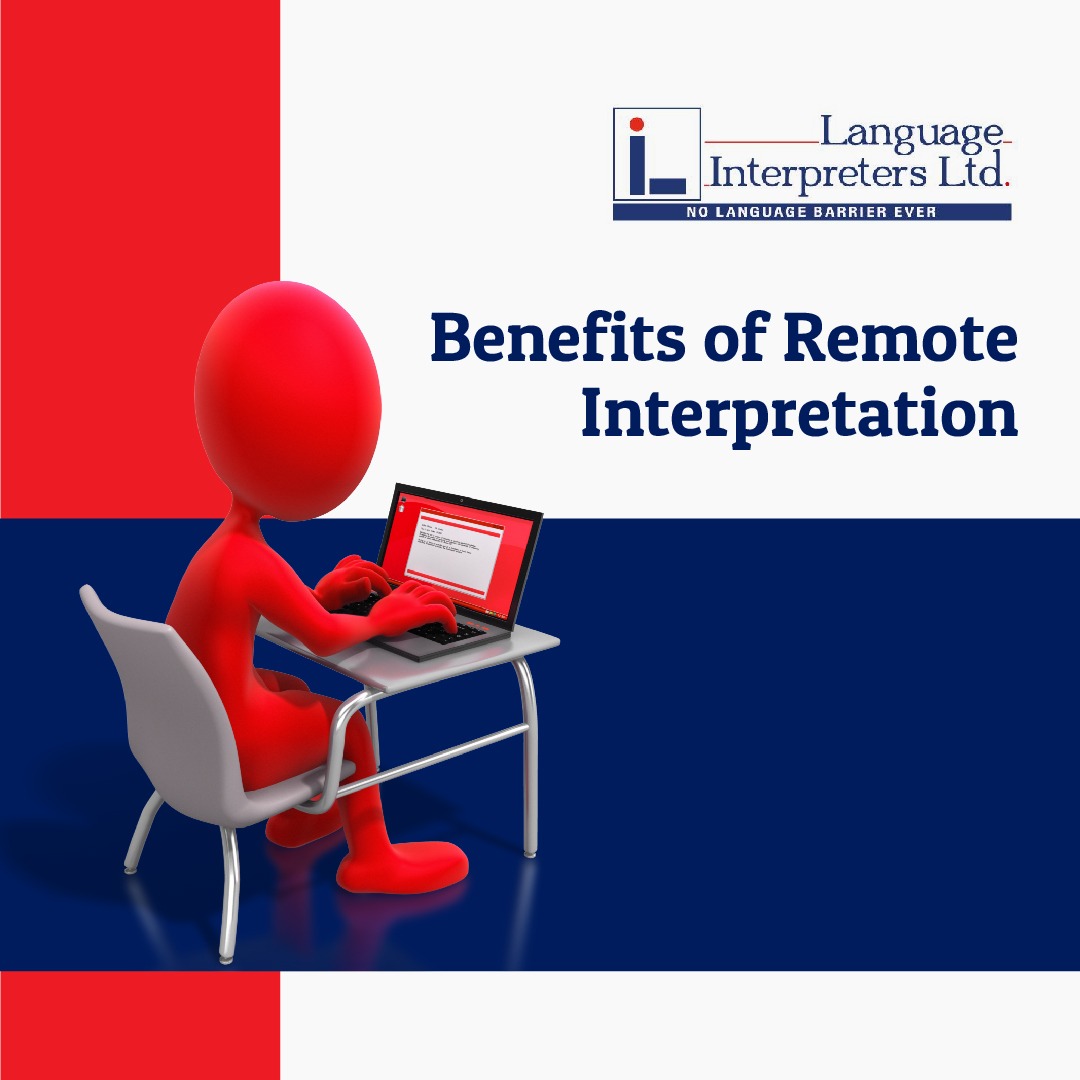People often get these two terms, translation, and transcription services, mixed up. It could be due to the fact that both terms share a prefix, but the reality is that these two words are distinctive. The translation is a complicated process with rules and criteria for how to translate based on the languages involved, and transcription services follows the same rules and principles. So, what is the difference between translation and transcription, and how are they related?
Listening to an audio or video file of all that you see or hear and putting it in writing is called transcription. This is the transfer of a one-on-one conversion of an audio/video file into a script written in the same language as the audio/video clip or a target language. When transcribing audio files to written scripts, a transcriber usually works exclusively with one language, therefore being fluent in that language is vital. They are more focused on the material they are trying to convey in writing, therefore colloquial terms are not always necessary. During judicial hearings, transcriptions are also used. Many transcriptions occur in the legal profession during witness statements, that are transcribed after recording and subsequently given over as evidence in court. Transcription can also be seen in advertising campaigns for products sold in international countries. This often ensures that promotional messages are consistent.
It takes a longer time for the service provider to process the transcription before they can start working on a transcription assignment. A project manager goes over the recorded version of the file to identify which category it belongs so that the best transcriber may be assigned to it, whether it’s legal, medical, or finance. But on the other hand, to work on translations, you’ll need to be a creative person. The issue with translations is that it’s not a literal translation; instead, one must be creative in order to guarantee that the context of whatever document they’re working on remains consistent and isn’t too far off from the original meaning.
Literary and non-literary translations are the two types of translation services available. Translations of literature, such as novels, poetry, stories, and even musical compositions, are among the most difficult to cope with comes under literary translation. Legal, medical, scientific-technical, and other specific related forms of translation are among the non-literary forms of translation. Non-literary translations typically require the assistance of translators who are familiar with the jargon. Translation, like transcription, always deals with only one format, which is the textual content format.
Working with native speakers is essential and the translator must be proficient in the target language. The translator must also be well-versed in the target language’s culture, including its nuances, grammatical distinctions, idiomatic expressions, and slang. Most of the time, translations deal with the written form, but on some occasions, there may be a request for an audio translation, in which case the translator transcribes and translates the audio at the same time, a process known as transcription-translation.
Most clients that require transcribing services is from the source language to the target language which could be the same language, but others require translation-transcription services from one language to another. When you need these two services, it is highly recommended that the linguist is an expert in both languages because no matter how experienced the transcriber would be, these services require a professional who has expertise in this area of work.
To summarise, translation entails re-creating material into a foreign language whilst mirroring the original file and its exact meaning, whereas transcribing involves re-creating content from a recorded version to a written script, which can be verbatim, word for word, or literal. That is something to bear in mind whenever you require transcription or translation services.
Please check out our other blogs relating to our translation and transcribing services.
The advantages of On-Site Interpretation Over Telephone Interpretation.
Do you require translation or transcription or translation-transcribing services?




